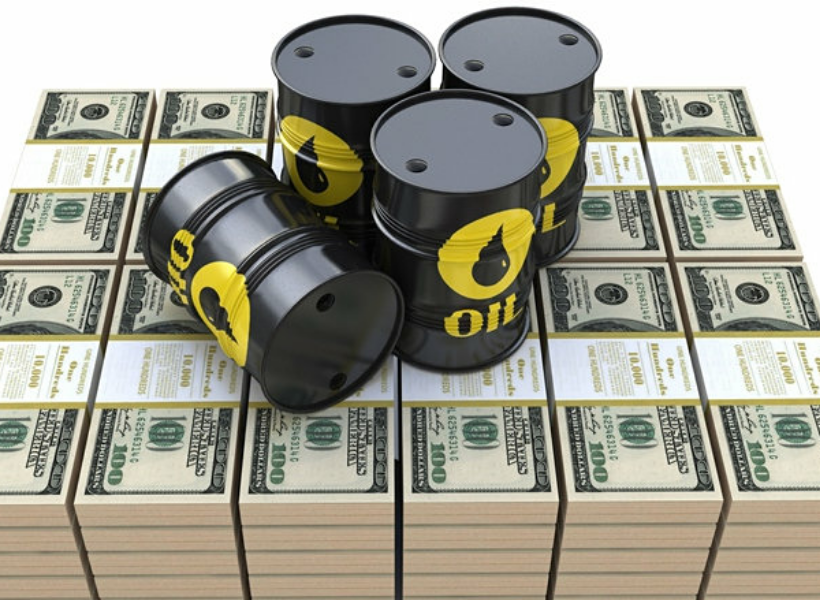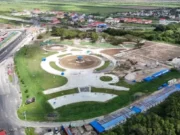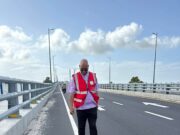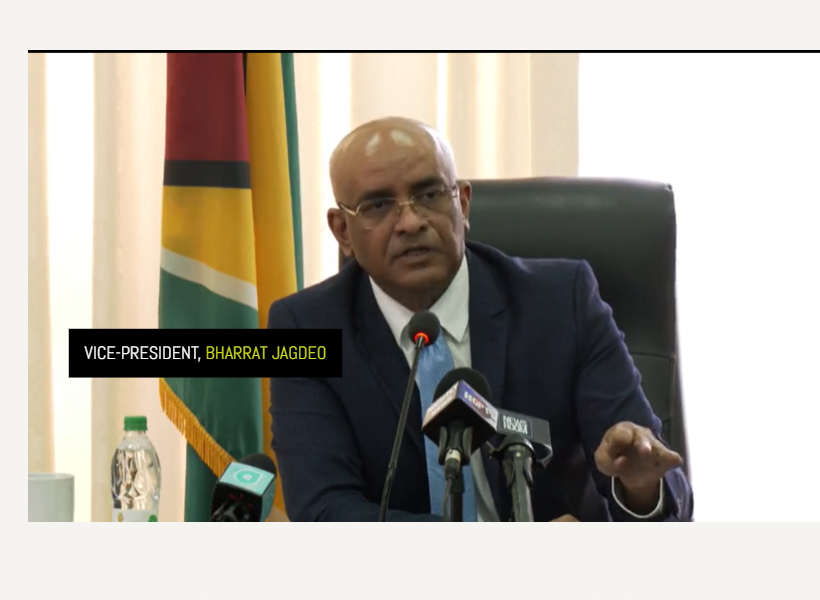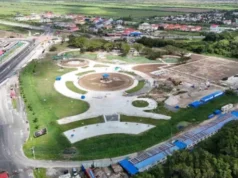Vice President, Dr. Bharrat Jagdeo, today noted that while the Guyana Power and Light (GPL) Inc. has sent sent a group of linesmen to Jamaica to aid in the restoration of electricity following the devastation caused by Hurricane Beryl, the move comes at a time when Guyana is facing its own challenges with power outages.
Highlighting the irony about the situation, the official said, “Jamaica badly needed linesmen. And I saw that a few were pledged to them, but we need linesmen here too, with all the blackouts that we have.” The Vice President emphasized that while Guyana remains committed to assisting its Caribbean neighbors, this aid must be balanced against the country’s own needs. “We’ve always been helping countries, but that help has to be measured against our own,” he noted.
A report by the Inter-American Development Bank (IDB) in May underscored the severity of the power outage situation in Guyana. The report revealed that Guyana experiences an average of 5.2 outages per month, significantly higher than the Caribbean average of 2.9 per month. While the duration of these outages is relatively shorter in Guyana, averaging 2.45 hours compared to the regional average of 2.83 hours, the frequency remains a pressing concern.
Despite some progress in reducing the number of outages from an average of 9.3 per month in 2014 to 5.2 per month in 2020, the country continues to grapple with frequent power interruptions. The report highlighted the need for ongoing improvements in the electricity sector to meet the growing demand and ensure a stable power supply.
In an effort to address the shortfall in electricity supply, the government contracted Urbacon Investments to procure a power ship, which was connected to the Demerara-Berbice Interconnected System (DBIS) in mid-May, providing approximately 36MW of power. This addition aimed to bolster Guyana’s energy infrastructure and reduce the incidence of blackouts.
However, despite these measures and the government’s announcement that the power company is now generating more electricity than the current demand, the country continues to face power outages.
Despite the internal struggles, the Vice President reaffirmed Guyana’s dedication to regional solidarity and support.
He recounted a notable instance of Guyana’s generosity, dating back to a time when the country itself was financially strained. “I told you one time when we didn’t have much money. We gave Haiti a million dollars, and at that time, in comparison to our gross domestic product, when you look at the table that the UN put out, we were number one in the world in terms of helping Haiti in relation to GDP,” he said.
Jagdeo also touched on the broader issue of climate resilience, stressing the need for substantial adaptation funding to flow to Caribbean countries. “We’ve been in the forefront of pushing for adaptation money to flow to these countries at scale, so they can make their infrastructure climate resilient,” he said. The Vice President outlined a plan where infrastructure, such as power lines, schools, and hospitals, could be fortified against future hurricanes. “You can start climate-proofing your schools and hospitals and other public buildings by putting on solid roofs that could serve as shelters so that they don’t get blown off during the hurricanes,” he said.
